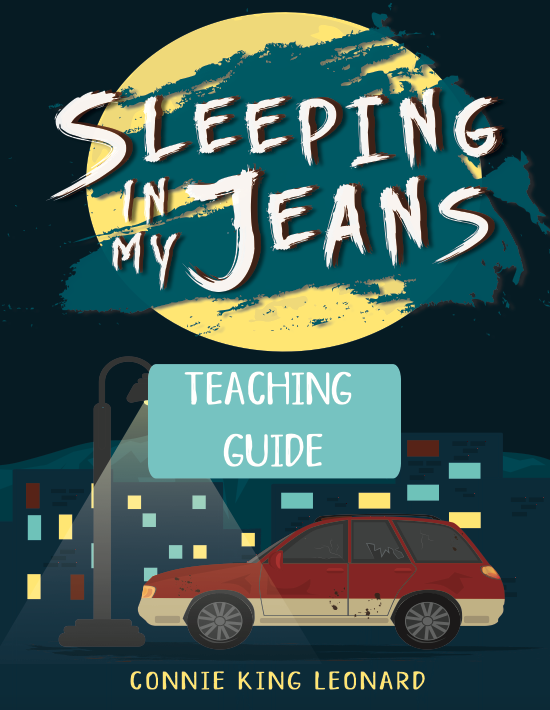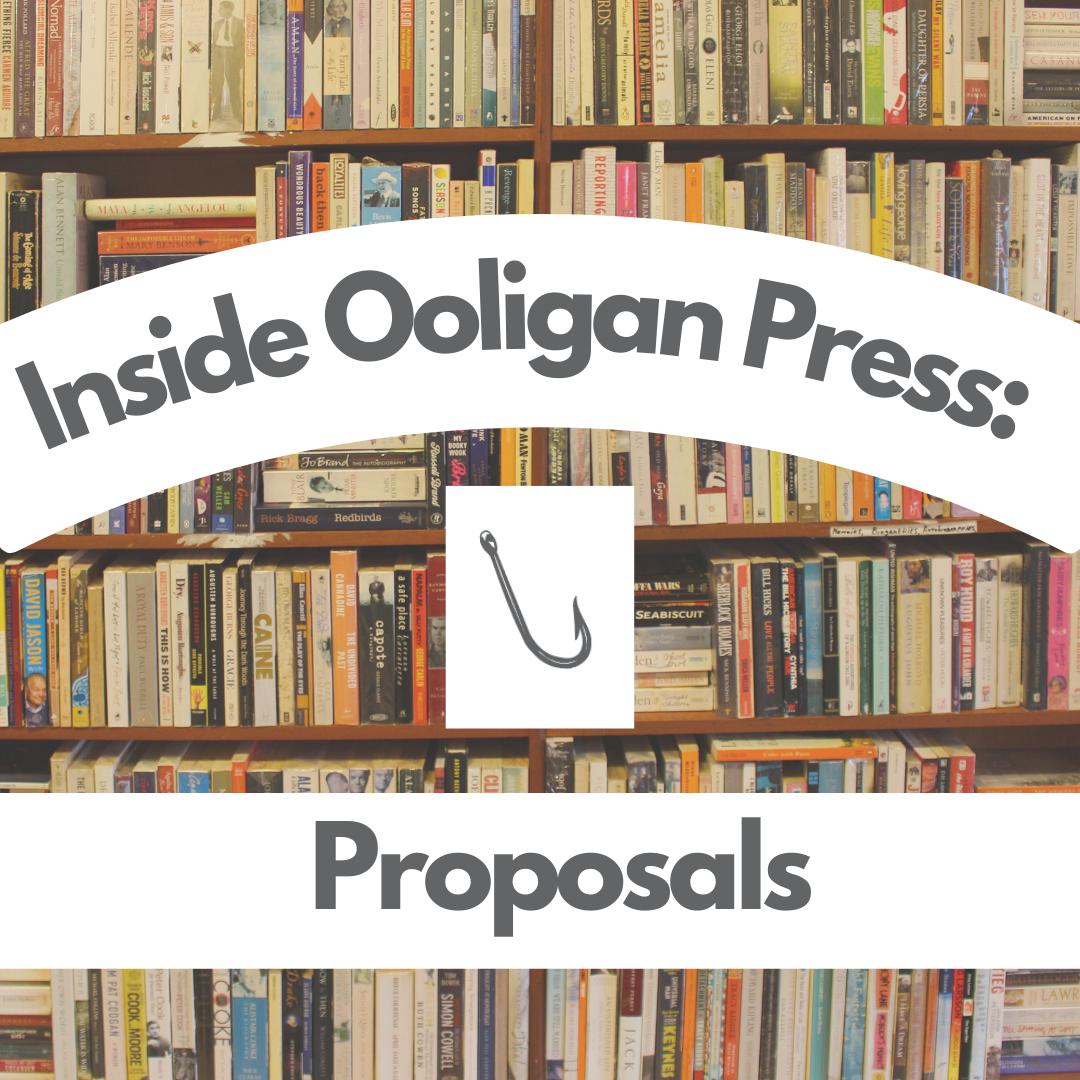Some Might Say It’s Too Big: How To Identify the Size of a Press
There’s no hard-and-fast rule for dictating a press’s size, so I broadened my scope when I was searching for answers. Since book publishing is a business, I decided to search for what constituted a small business in the US.



